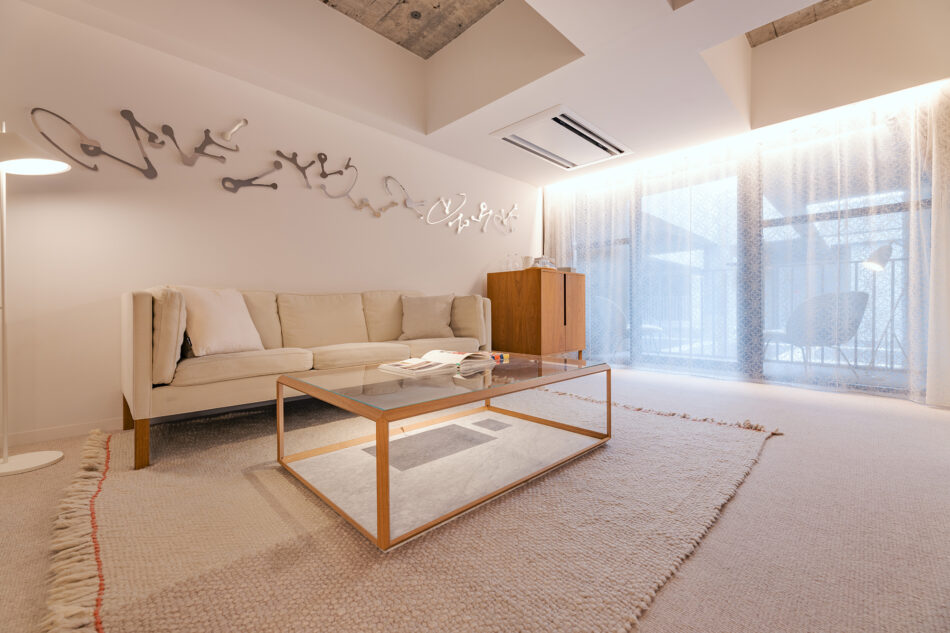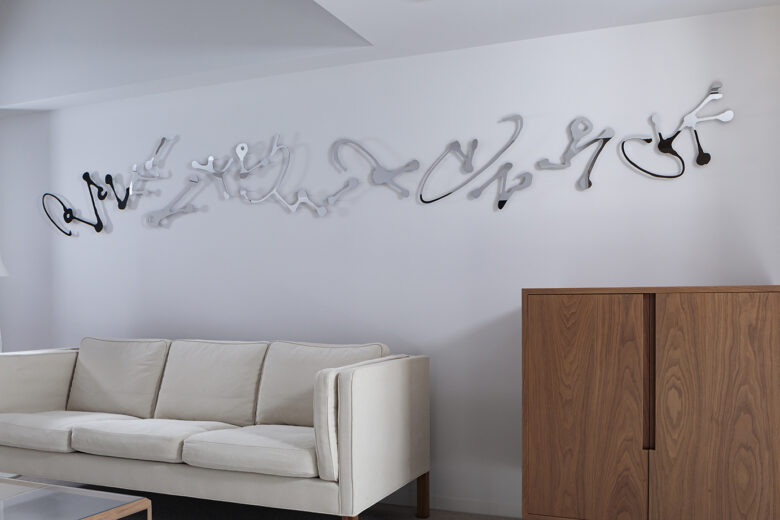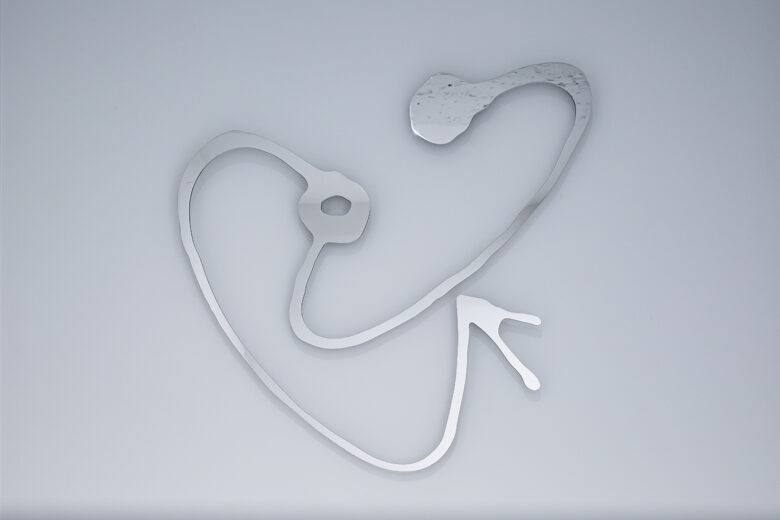ROOM 14 HIRAKU SUZUKI



Born in 1978. After obtaining M.F.A at Tokyo University of the Arts, Suzuki has participated in residence programs in Sydney, San Paulo, London, New York and Berlin. With the relation of drawing and language as his central theme, Suzuki developed his activities to expand the concept of drawing through composition, sculpture, videography, photography, and performance. He has participated in various exhibitions in and out of Japan such as 21st Century Museum of Contemporary Art, Kanazawa (Ishikawa, 2019); Mori Art Museum (Tokyo, 2010); Yinchuan Museum of Contemporary Art (China, 2016); MOCO Panacée (France, 2019); Museum of Contemporary Art, Tokyo (Tokyo, 2019-2020). Suzuki has been organising a platform for alternative drawing research and practice “Drawing Tube” since 2016. Major publications include “GENGA” (2010) and “SILVER MARKER – Drawing as Excavating” (2020).
Suzuki describes his work as “continuing to seek and acquire the signs of flickering light beyond the darkness that exists between ‘drawing’ and ‘writing’, which have been separated from each other”. He creates a new language by moving back and forth between letters and motifs. In this work, fragments based on handwriting were laser-cut from a stainless steel mirror and hung on the wall, permitting the emergence of an optical phenomenon that shifts between material (mineral) and immaterial (image) depending on the movement of the viewer’s perspective.The sequence of points and lines, which recalls planetary orbits and constellations, is also a new calligraphy.
If writing is born when humans encounter the environment, might it not be possible to find new signs and discover a language in shapes scattered throughout nature, including the flow of water, the patterns on pebbles, and the silhouettes of mountains? What kind of new language can we imagine in the light reflected from the stainless steel mirror?
The title, Excavated Reflections (Planetary Dance), evokes the emergence of new points where the light touches the dark, the creation of lines from there, and this sequence of lines becoming writing and language when humans discover that light. The piece suggests of the exact moment when human beings discovered language. While Mineki Murata’s work powerfully conveys his physicality through the lines engraved in the cast-bronze art, the lines that Suzuki carves out transcend the artist’s individual physicality and evoke cosmic expansion and the flow of time connecting the expanding (expanded) past to the future.

